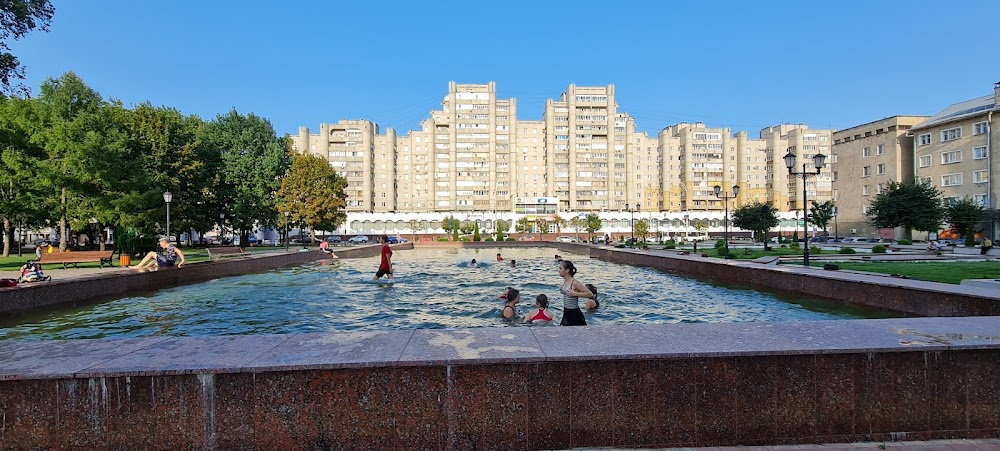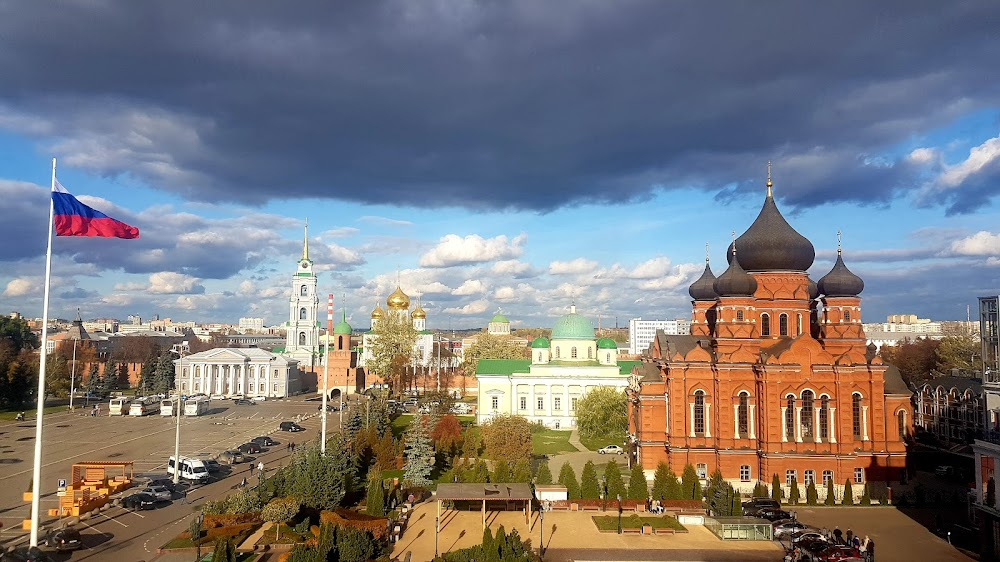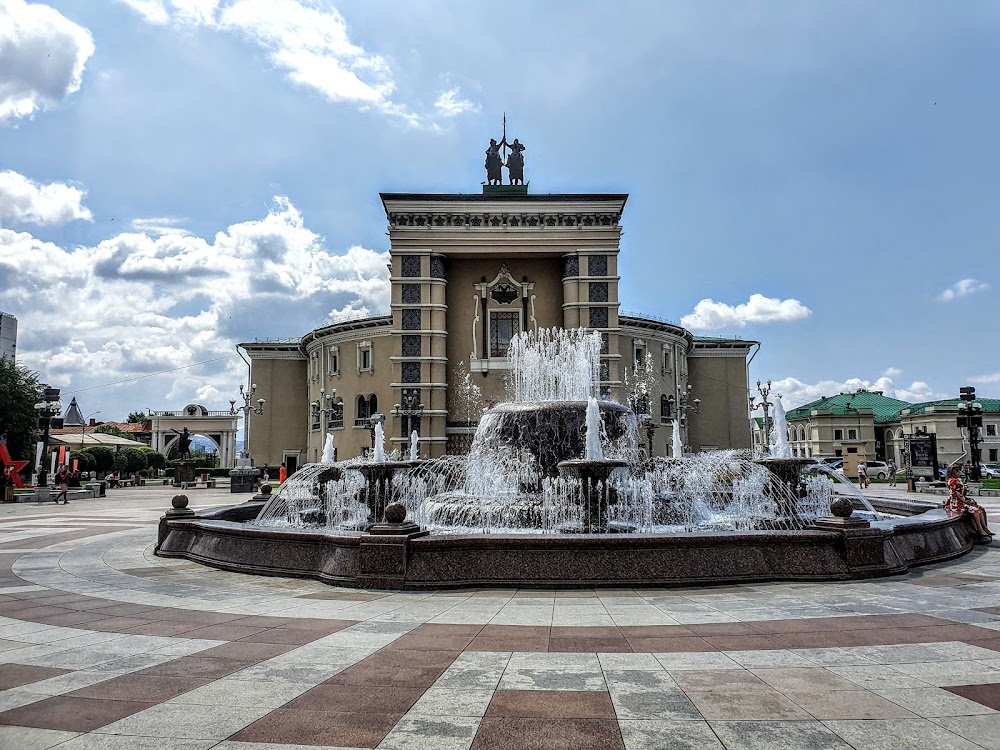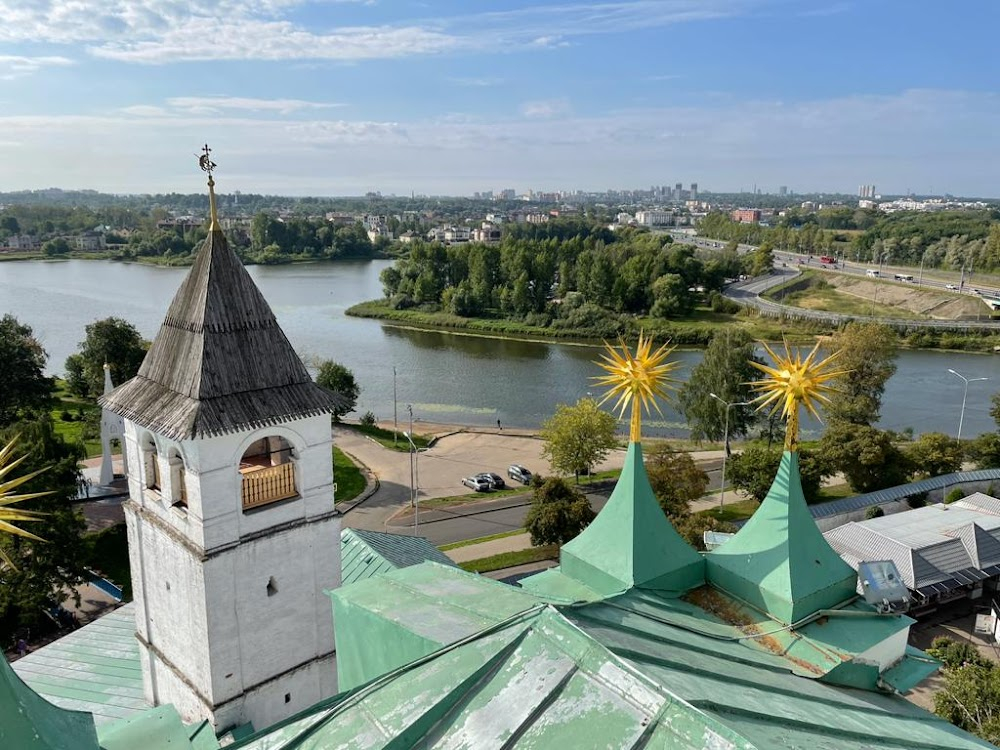Manifesto Filming Locations

Where was Manifesto filmed? Manifesto was filmed in 24 locations across Russia in the following places:
Manifesto Filming Locations
Tambov is a city and the administrative center of Tambov Oblast, central Russia, at the confluence of the Tsna and Studenents rivers, about 418 km south-southeast of Moscow. With a population of 261,803 as of 2021, Tambov is the largest city, and historical center, of the Tambov Oblast as a whole.
Tula is a city in western Russia. It's home to the Tula Kremlin, a 16th-century stone fortress encompassing towers, cathedrals and a 19th-century shopping arcade. The Tula State Museum of Weapons has a vast collection of guns and army memorabilia. The Samovar Museum explores the history of the ornate tea urn, a Tula specialty. To the southwest is Yasnaya Polyana, a museum in the former home of writer Leo Tolstoy.
Ulan-Ude is a city in East Siberia, Russia. The main square Ploshchad Sovetov is home to the huge Lenin Head Monument. The City History Museum is set within the former house of a tea merchant. Nearby is the 18th-century Odigitrievsky Cathedral. To the north, Datsan Rinpoche Bagsha is a Buddhist temple with gilded stupas and sweeping city views. The outdoor Ethnographic Museum displays traditional Buryat wooden yurts.
Yaroslavl is a Russian city, northeast of Moscow. It's part of the Golden Ring group of ancient towns. On the grounds of the 12th-century Spaso-Preobrazhensky (Savior Transfiguration) Monastery, the golden-domed Transfiguration Church has 16th-century frescoes. Collections at the Yaroslavl Museum-Reserve include 16th- to 18th-century icons. Multicolored glazed tiles cover the Church of the Epiphany’s exterior.
Manifesto (2022)
Fifteen years from its inception, YouTube retains the power to shock and disorient - particularly when wielded by children who have lived their whole lives in its era. A found-footage documentary composed entirely of social media videos by teenagers weathering hostile education and a climate of terror in contemporary Russia, "Manifesto" contains one vignette after another to make viewers wince with discomfort and even outright horror. One's first impulse might be to ask whether any documentary should show such material at all - yet of course, it has been freely available for public viewing all along. As such, "Manifesto" invites uneasy consideration of the differing responsibilities of creating, consuming and externally curating candid video, and provides no guidance. In selecting and assembling several years' worth of amateur video into a constructed, collective life-in-a-day feature, the presumably pseudonymous filmmaker Angie Vinchito takes considerable risks of decontextualization. There's no narration to bind or editorialize these disparate but symphonically despairing mini-narratives of physical abuse and psychological oppression, and "Manifesto" counts on viewers' knowledge of recent Russian politics and social norms to determine which videos present uncompromised reality, which may be documenting pranks or performance, and which have been alarmingly coerced.




